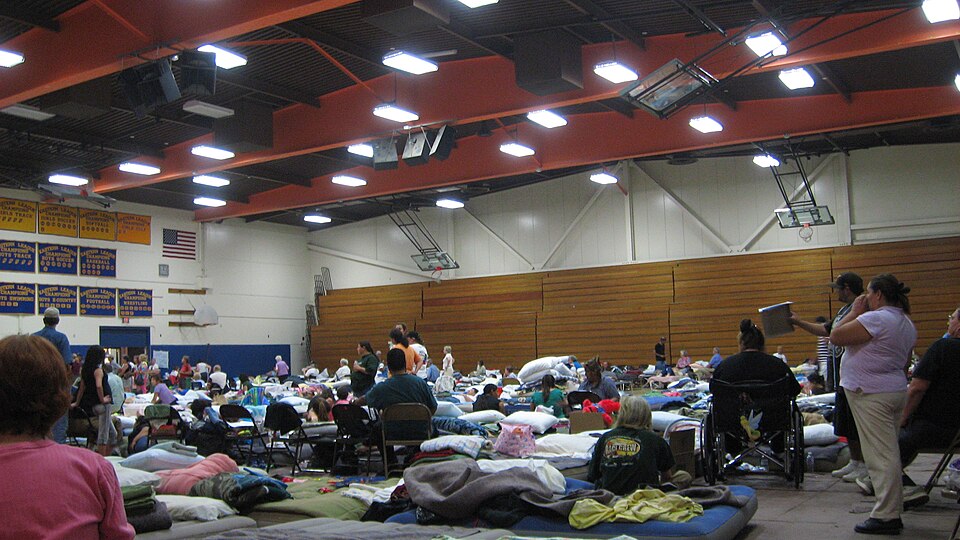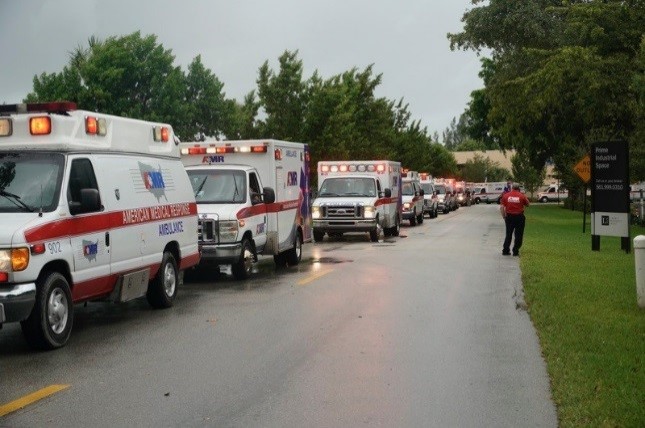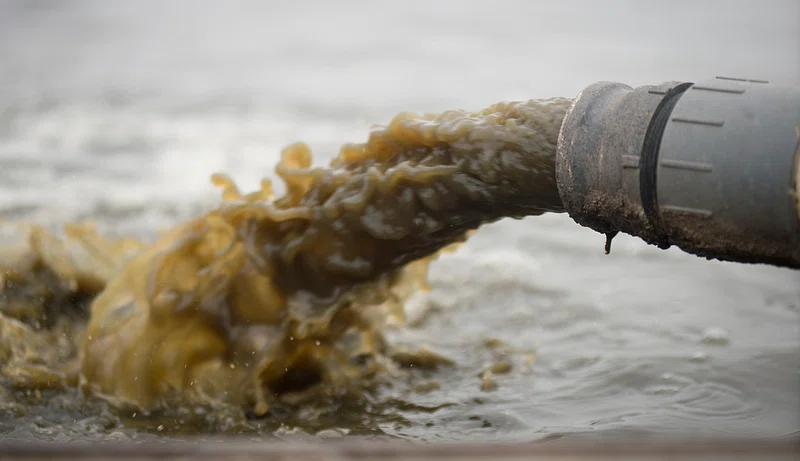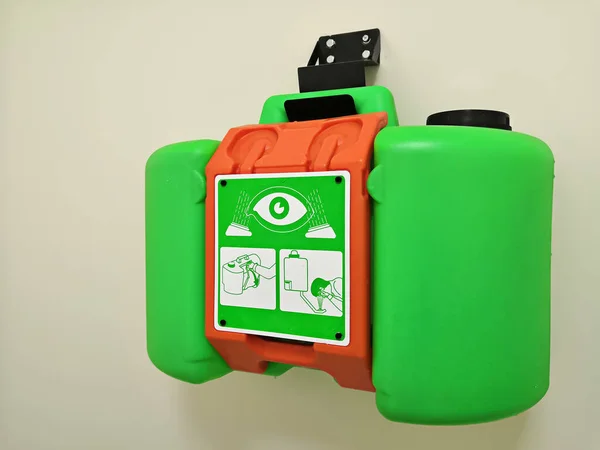
Every breath in toxic air becomes a reminder that safety can never be taken for granted. For residents of Weatherford, Okla., it became a reality late Wednesday night when an immense ammonia leak turned the quiet hotel parking lot into the epicenter of a public health emergency.

1. The leak that caused chaos
A little before 10 p.m., a tanker truck had begun leaking 25,000 pounds of anhydrous ammonia in the lot of the Holiday Inn Express off East Main Street and Cypress Drive. “A large plume of anhydrous ammonia gas is dispersing quickly through the neighborhood,” said Weatherford Emergency Manager Mike Karlin. The EPA would soon confirm the leak was caused by a faulty gasket.

2. Evacuations and Shelter-in-Place Orders
Authorities immediately ordered a 1.5 mile radius of evacuation and others to shelter in place. Three hotels, two nursing homes, a nearby neighborhood and a shopping center were all cleared. An estimated 500-600 residents were relocated to the Pioneer Event Center at Southwestern Oklahoma State University. Schools and the university cancelled in-person classes. SWOSU told on-campus students to stay indoors and seal all windows and doors.

3. Health Effects of Ammonia Exposure
Anhydrous ammonia is a strong, pungent, colorless gas used mostly as fertilizer. In either gas or liquid form, ammonia causes severe burns, respiratory distress, and even blindness. Other health effects listed by the Centers for Disease Control and Prevention include coughing up white or pink fluid, skin blistering, narrowing of the throat, and frostbite from liquefied ammonia. Concentrations above 300 ppm are immediately dangerous to life or health.

4. Admissions due to Critical Cases
Weatherford Regional Hospital treated about 34 patients, 11 of them in critical condition. Five were airlifted to Oklahoma City hospitals and six others were taken by ground ambulance. Fourteen law enforcement officers were exposed, five suffering chemical burns to their airways. “We are asking the public to watch each other,” Police Chief Angelo Orefice said, urging anyone with breathing problems to seek emergency care.

5. Disaster Response
More than 80 first responders were on the scene through the night trying to stop the leak and monitor air quality. Among those responding to the leak were hazmat crews, along with the Oklahoma National Guard’s 63rd Civil Support Team. EPA teams initiated community air monitoring and worked in coordination with local leadership to safeguard both public health and the environment. “This could have been a lot worse than it was,” said State Representative Anthony Moore.

6. Environmental Concerns
Authorities said the chemical combination included ammonia and vapor suppression that went into a storm drain and affected Timber Creek. The EPA is handling the cleanup that could take several days. Officials recommend that residents air out their homes, change their air filters, and avoid the site of the spill.

7. Anxiety following a Chemical Spill
Events of this nature can have long-lasting emotional effects. Dr. Nomi Levy-Carrick, a psychiatrist, says that disasters of this nature commonly create shock, fear, and a sense of uncertainty where one has lost control. These feelings of distress can be assuaged, she said, by Psychological First Aid because it makes people feel safe regaining control is facilitated, and connection with support is established. Healthy ways of coping include maintaining routines, limiting exposure to news that is upsetting, and reaching out to trusting friends or professionals.

8. Community safety around chemical storage:
The risks can also be minimized for those living around industrial chemical facilities by knowing the evacuation routes, having reachable protective gear such as gloves and goggles, and information through proper channels. Similarly, the EPA recommends staying away from areas where new application of ammonia-based fertilizers has been done the home ventilation system should be properly serviced to keep the homes free from contamination.

9. How to Identify and React to Exposure
In the event of suspected exposure to ammonia, one should remove contaminated clothing, wash affected skin with soap and water, and seek immediate medical attention for respiratory distress or burns. Eye exposure requires immediate irrigation for at least 30 minutes. Ingestion should never be treated by inducing vomiting.

10. Community Resilience
Building Recovery is not about cleanup it’s about restoration of trust and routines. Community support groups, volunteers, and resource sharing will go a long way in getting people’s lives together. As Dr. Levy-Carrick said, “Recovery is a marathon, not a sprint there is an opportunity for posttraumatic growth, not just traumatic stress.” In Weatherford, the ammonia leak may have lifted by morning, but lessons learned of preparedness, safety, and emotional resiliency will linger far longer.


